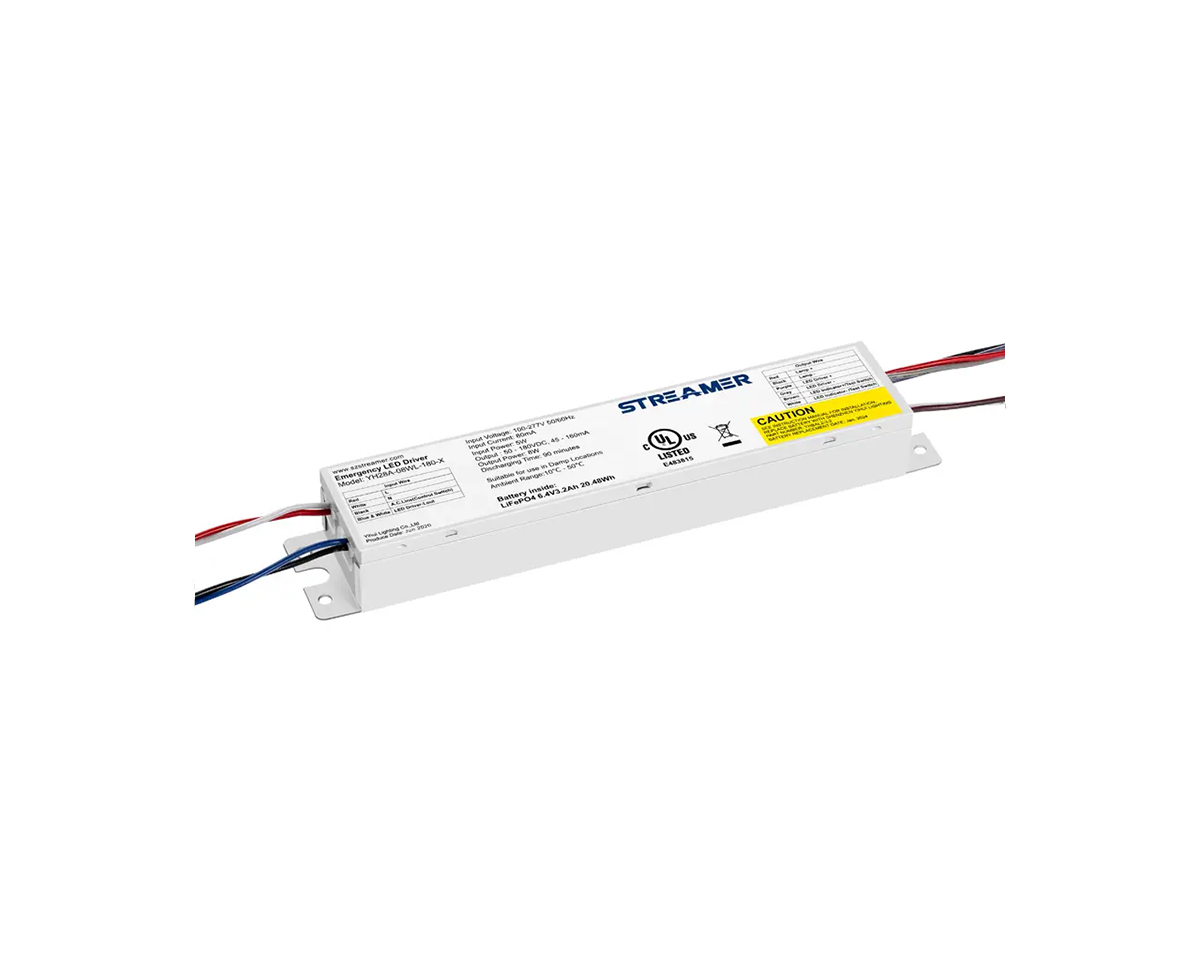 1
1
 May 05, 2025
May 05, 2025

The microsecond - level emergency switching response of an LED emergency converter is a critical feature that ensures immediate and reliable emergency lighting in the event of a power failure. Achieving such a rapid response time requires advanced technological solutions and precise engineering.
At the heart of the microsecond - level response is the sophisticated control circuit design. The converter is equipped with highly sensitive power detection circuits that can monitor the input power supply in real - time. These circuits are designed to detect even the slightest fluctuations or interruptions in the power source. When a power failure is detected, the control circuit initiates a series of rapid actions within microseconds.
One of the key components enabling this fast response is the use of solid - state switches. Unlike traditional mechanical switches, solid - state switches have no moving parts, which allows for extremely fast operation. They can quickly disconnect the converter from the main power supply and simultaneously connect it to the backup battery power source. This seamless transition ensures that there is no interruption in the power supply to the LED lights, providing instant emergency illumination.
The battery management system also plays a crucial role in the microsecond - level response. It needs to be able to quickly activate the battery and supply power to the LED lights. Modern battery management systems use advanced algorithms to optimize the power output and ensure a stable supply of electricity during the emergency switch - over. They can also monitor the battery's state of charge and health in real - time, ensuring that the battery is in the best condition to provide immediate power when needed.
In addition to the hardware components, software optimization is also essential. The control software in the LED emergency converter is programmed to execute the emergency switching process as quickly as possible. It is designed to prioritize the emergency response over other functions, ensuring that the microsecond - level response is not affected by any background processes or software glitches. Regular software updates are also important to improve the performance and reliability of the emergency switching function, fixing any potential bugs or improving the efficiency of the algorithms.
The microsecond - level emergency switching response not only provides immediate safety during power outages but also has implications for the overall reliability of the emergency lighting system. In applications such as hospitals, data centers, and emergency exits, where every second counts, a rapid - response LED emergency converter can make a significant difference in ensuring the safety of people and the protection of valuable equipment.